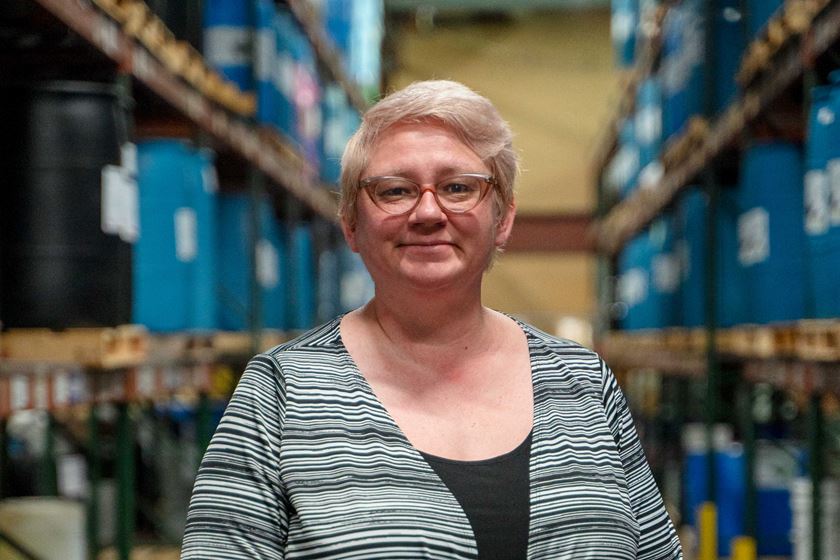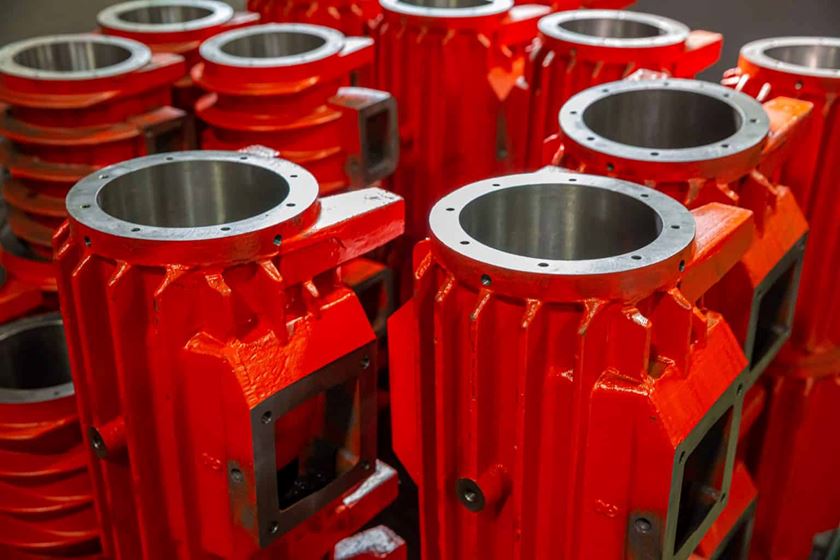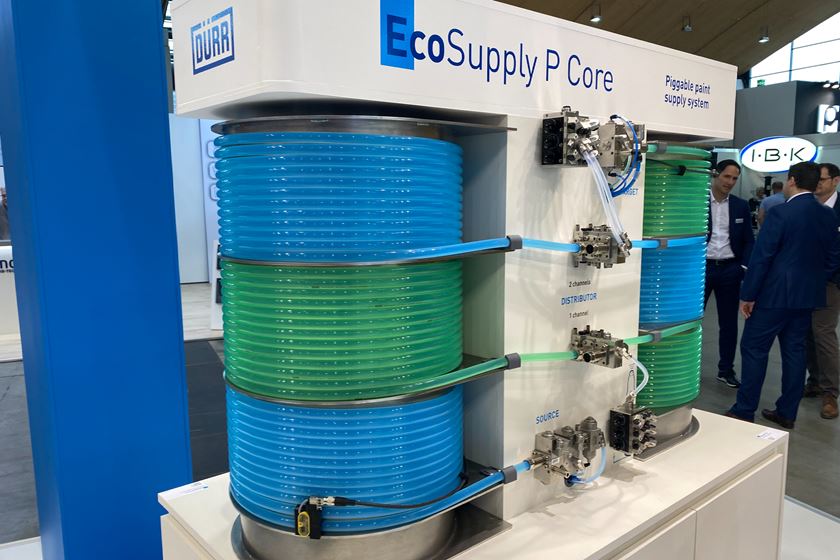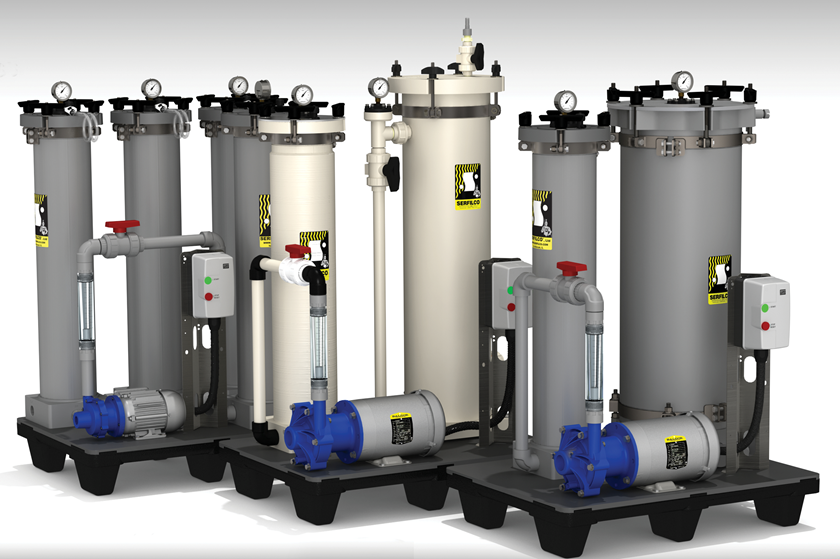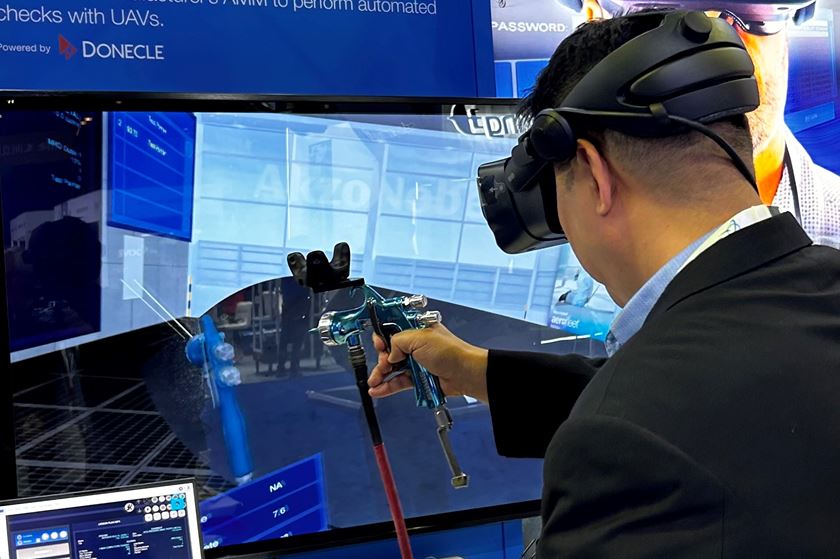Wide Cure Windows
Why do epoxy electrocoat materials have more flexibility in curing conditions?
Q. Why do epoxy electrocoat materials have a wide cure window in terms of temperature and time? What allows this flexibility? —J.M.
A. The typical automotive epoxy electrocoat primer coating consists of an amino-epoxy resin formulated in combination with a blocked di-isocyanate crosslinker that, when baked at temperatutes greater than 170°C, polymerizes and crosslinks to form epoxy-urethane-chained structures. These estructures provide excellent mechanical, chemical and corrosion properties in a variety of combinations of film crosslinking densities and/or molecular weights.
Because the degree of epoxy-urethane crosslinking and molecular weight is directly proportional to the time and temperature of exposure of the electrocoat film during oven cure, the e-coat paint can provide good to excellent performance at multiple degrees of crosslinking. In other words, it provides a wide window of operation and provides excellent resistance under multiple overbaking or underbaking conditions.
The mechanical, physical and chemical properties of the cured film are specific to each crosslinking density’s time/temperature values during curing. Some properties improve with increased crosslinking densities and others don’t.
RELATED CONTENT
-
Troubleshooting for Electrocoating
Characterizing the type of defect is essential in identifying the root cause and eliminating its source...
-
Coating Systems with the Best Long-Term Performance
The best protection against corrosion and UV exposure, says Axalta’s Mike Withers, is electrocoat and a super durable powder coating.
-
Measuring the Surface Area of Fasteners
How do you measure the surface area of a threaded fastener? How much coating would you put on it? How thick of a coating? What about non-threaded fasteners? The U.S. Department of Agriculture’s Forest Service, of all people, may have come up with the solution for those pondering how to coat sometimes-difficult small pieces using computer imaging and software to compute the area.












